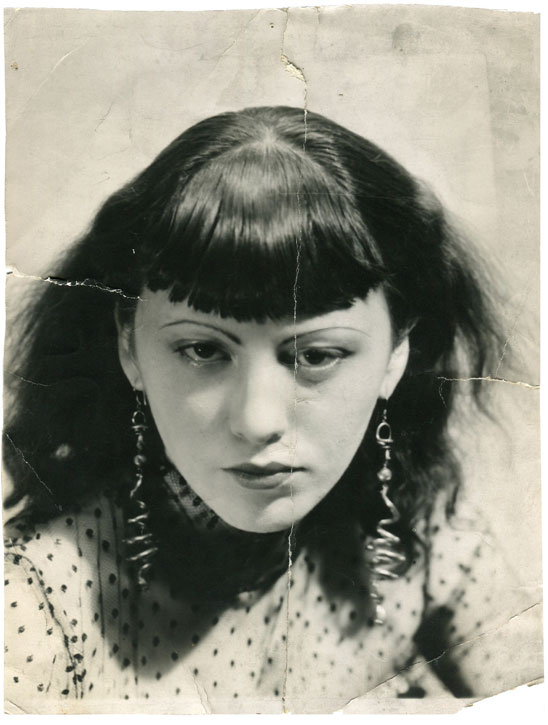Giovanni Giacometti (1868–1933) was an Italian painter and sculptor who was among the leading figures of the 20th-century modernist art movement. He is best known for his paintings, which often feature scenes from his native Switzerland. His work is characterized by a bold use of color, texture, and form, creating a unique visual experience. Giacometti was also an influential teacher and mentor, inspiring many of his students to pursue careers in the arts. Throughout his career, he was devoted to perfecting his craft and pushing the boundaries of what was possible in the visual arts. He is remembered today as one of the giants of modern art.
Early Life
and Education
Giovanni Giacometti was born in Borgonovo, Switzerland, in the year 1868. He was the son of a carpenter and had limited schooling. He began to take an interest in art at an early age, however, and he was determined to pursue it as a career. After attending the Academy of Fine Arts in Geneva, he decided to move to Paris to further his studies. He began to study under the great French Impressionists, including Claude Monet and Pierre-Auguste Renoir. His works began to gain recognition, and he received numerous awards for his paintings. He was also invited to exhibit his works at the Salon des Indépendants and the Salon d’Automne in Paris. Giacometti’s career flourished over the next few decades, and his works were featured in numerous international exhibitions. He also received several important commissions, including a mural for the Tower of the Four Winds at the National Museum in Florence. Giacometti’s work was greatly admired by many, and he remains one of the most celebrated Swiss modernists of the twentieth century.
Education
and Training
Giovanni Giacometti’s commitment to excellence is rooted in his education and training. He completed a degree in architecture from the University of Milan, where he learned the fundamentals of design and construction. He also dedicated himself to furthering his knowledge and skills in both traditional and contemporary art, studying under renowned Italian masters such as Antonio Canova and Raphael. Giacometti’s studies provided him with the foundation necessary to create unique and innovative sculptures. He was a master of technique and was able to incorporate a variety of materials into his works, including bronze, marble, and wood. Giacometti’s understanding of the properties of these materials enabled him to create sculptures that were both aesthetically pleasing and structurally sound. His education and training allowed him to create works of art that are still admired and celebrated today.
Career
Giovanni Giacometti, renowned Swiss sculptor and painter, was born in Borgonovo, Switzerland on 10 October 1868. His career flourished in the early 20th century. He is best known for his bronze sculptures depicting the everyday life of the Swiss countryside. He also created many other sculptures in various media, including marble and wood.
Giacometti was trained in the traditional techniques of modeling in clay and casting in bronze at the art school in Geneva. His early career was heavily influenced by the art of Auguste Rodin, who had a significant impact on Giacometti’s work. He also used the art of Auguste Rodin to create his first masterpiece, the “Head of a Woman” in 1917.
In the 1920s, Giacometti shifted from bronze casting to more abstract, simplified forms of sculpture. He was fascinated by the human body and the relationship between space and the figure. His works were acclaimed by critics and he received numerous awards for his sculptures, including a Grand Prize at the Venice Biennale in 1932.
Giacometti’s later works were much more abstract and surreal, with strange, elongated figures and distorted faces. These works, often described as “weirdly dreamlike,” are some of his most recognizable works. In the 1950s, he developed a style of painting with a thick impasto that featured distorted, almost dreamlike figures.
Giacometti died in 1966 and left a legacy of modern sculpture that has continued to influence artists around the world. His works are displayed in museums and galleries around the world, and he is widely considered to be one of the most important sculptors of the 20th century.

Major Works
Giovanni Giacometti was an influential Swiss artist whose works spanned multiple disciplines. He is best known for his paintings, sculptures, and architectural designs. His most notable works include his frescoes in the church of Santa Maria degli Angeli in Florence, his architectural designs for the Swiss National Museum in Zurich, and his painted murals in the Palazzo Vecchio in Florence. He also created a number of sculptures and paintings that have become iconic symbols of the Swiss culture. Giacometti’s art is characterized by its boldness and innovative nature, and his works are highly valued by art collectors and museums worldwide. From his early days as a painter to his later years as an architect, Giacometti’s works remain as a testament to his creativity and skill as an artist.
Recognition and Awards
Giovanni Giacometti was highly acclaimed for his art and received a number of awards throughout his career. In 1965, he won the Grand Prize for Painting at the Venice Biennale, the world’s most prestigious contemporary art exhibition. Other awards he received include the Medal of Honor at the São Paulo Biennial in 1967, the Grand Prize of the Carnegie International in 1968, and the Guggenheim International Award in 1970. He was also named a Chevalier of the French Legion of Honor in 1982 and a Grand Officer of the Order of Merit of the Italian Republic in 1984. In addition, Giacometti was the subject of numerous retrospectives and solo exhibitions around the world, including at the Museum of Modern Art in New York and the Musée National d’Art Moderne in Paris. He was also the recipient of honorary doctorates from several universities, including the University of Basel in Switzerland and the University of Oxford in England.
Personal Life
and Work
Giovanni Giacometti was a renowned Swiss painter and sculptor born in 1868. He is best known for his iconic works like “Portrait of a Woman” and “The Poet”. Giacometti was born in a family of artists and began his art career at an early age. He was a master of both painting and sculpture and his works are considered to be some of the most influential of the 20th century.
Giacometti was a prolific artist who achieved great success in his lifetime. He received numerous awards and accolades, including the Grand Prix at the Venice Biennale. He also had a number of solo exhibitions in Europe and the United States. His works were exhibited in many prestigious galleries, including the Museum of Modern Art in New York.
Giacometti’s personal life was marked by tragedy when his wife Annette died in 1945. Despite this, Giacometti continued to focus on his art and his works remain highly sought after today. His sculptures and paintings are now part of some of the most important collections in the world. His legacy is remembered for his mastery of sculpting and painting, as well as his dedication to his craft.
FAQs About the Giovanni Giacometti Biography
Q1. When was Giovanni Giacometti born?
A1. Giovanni Giacometti was born on October 10, 1868 in Stampa, Switzerland.
Q2. What type of artwork did Giovanni Giacometti create?
A2. Giovanni Giacometti was a Swiss painter, sculptor and printmaker who created artwork in the Modernist and Expressionist styles. He is known for his portrait paintings, landscapes and still life compositions.
Q3. What is Giovanni Giacometti’s most famous work?
A3. Giovanni Giacometti’s most famous work is his bronze sculpture called “The Poet” which was created in 1930. The sculpture is located in the National Museum in Zurich, Switzerland.
Conclusion
Giovanni Giacometti was a Swiss painter and sculptor known for his post-impressionist style and his iconic portraits of everyday life. He was a major influence on European modernism, and his work was highly influential throughout Europe and beyond. He was a prolific artist who created a wide range of works, from landscapes to religious scenes, and his use of color and light has been highly praised. He was also an important figure in the development of abstract art in Europe. His legacy lives on in the many works of art that have been created in his name, and his influence can still be seen in the art world today.




